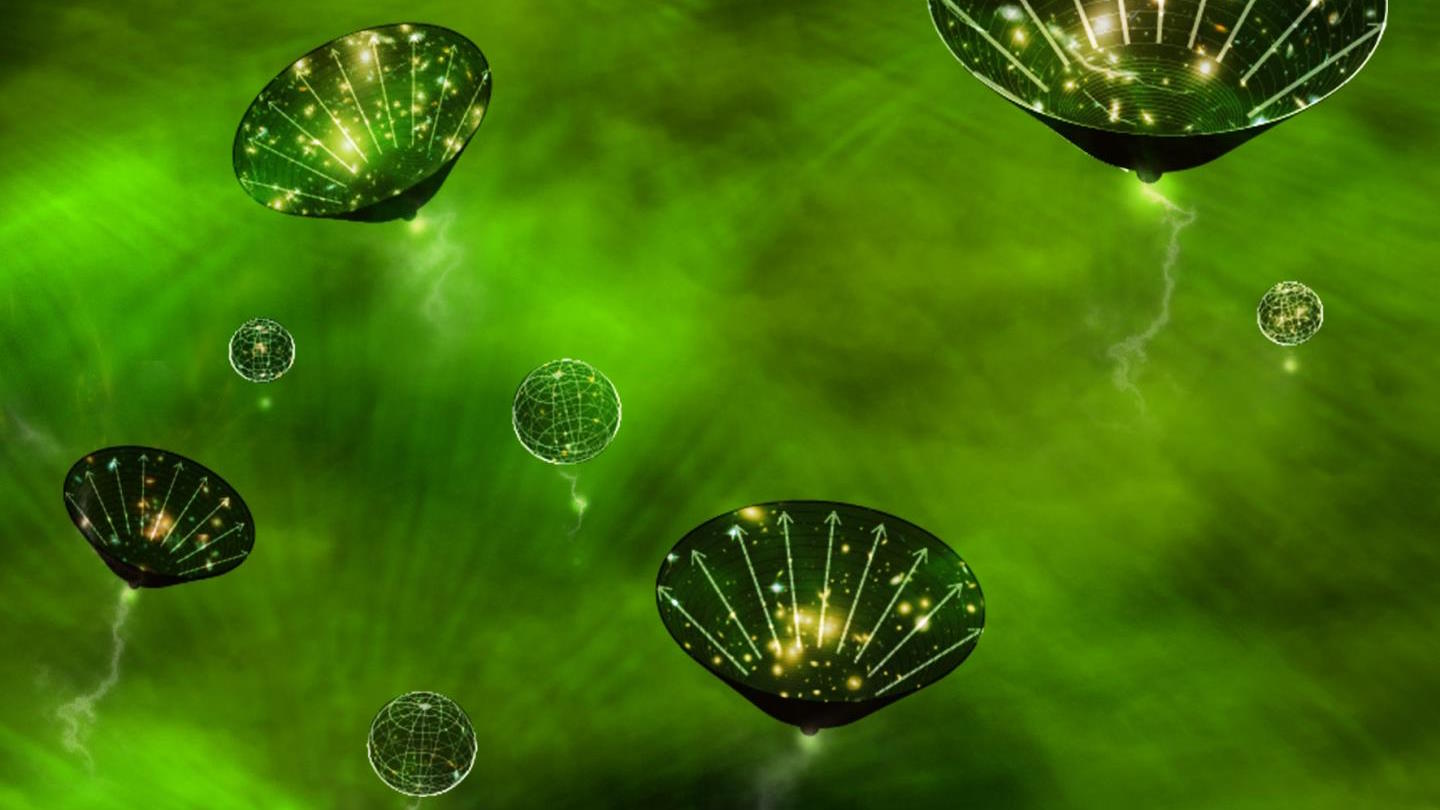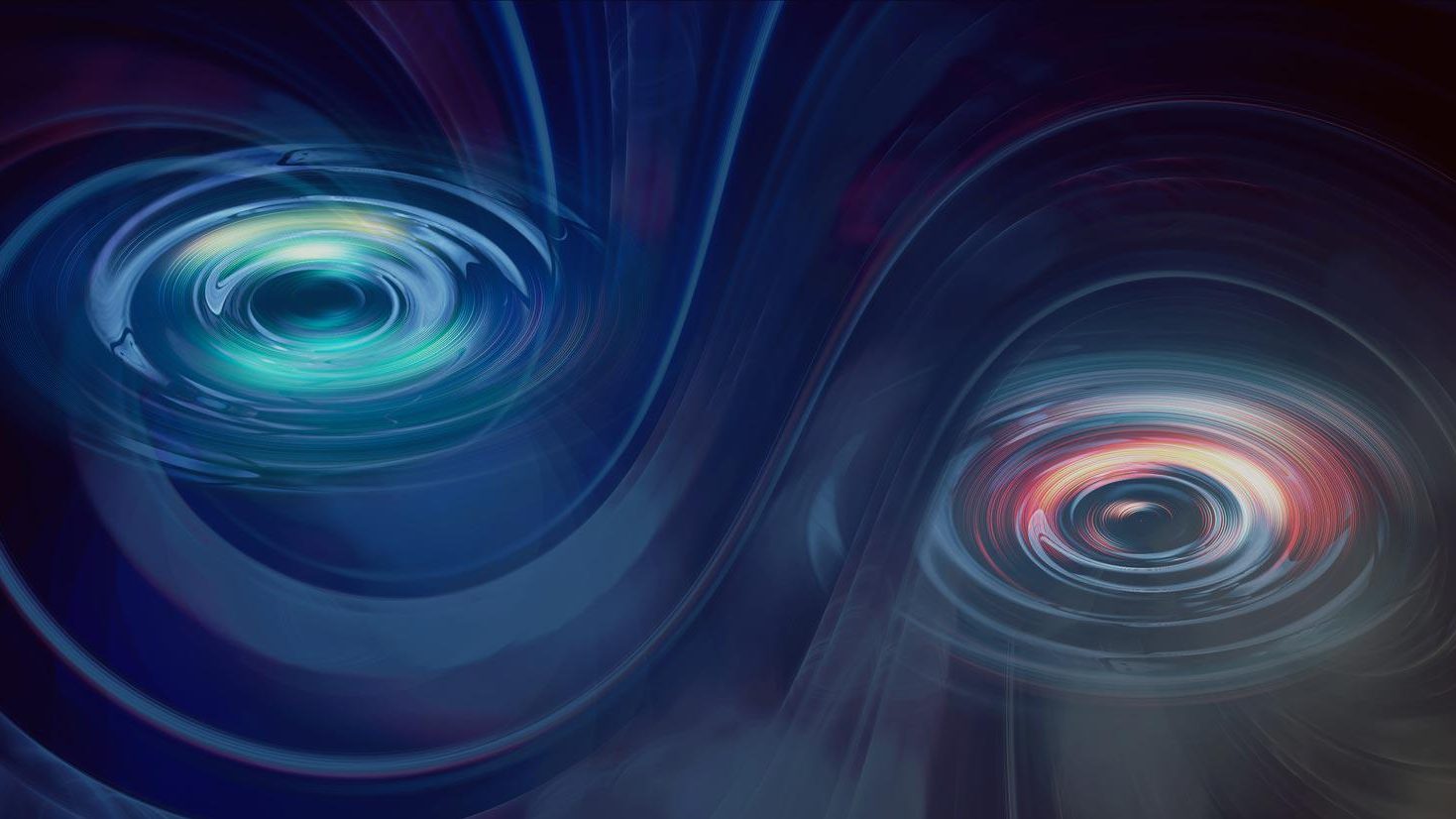Cosmic Rays Are More Energetic Than LHC Particles, And This Faster-Than-Light Trick Reveals Them

Stronger than the LHC and faster than anything except light, the world’s cleverest particle detector sees the particles we could never create on Earth.
It might be true that there’s an ultimate speed limit to everything in the Universe — the speed of light in a vacuum — but that doesn’t mean there’s a limit to how energetic a single particle can be. As you pump progressively more energy into a massive particle, you can make it move ever faster, asymptotically approaching that ultimate cosmic speed limit. But paradoxically, the more energetic that particle is, the more difficult it is to accurately detect and measure it.
The reason is straightforward: in order to measure how energetic an initial particle is, you need the energy of its decay and debris products to get deposited in your detector, enabling you to reconstruct its original energy, mass, charge, and so on. Building a larger, more massive detector simply won’t work at cosmic ray energies, which can be millions of times that reached at the LHC. But by slowing down the speed of light, physicists can leverage an incredible trick to measure these cosmic energies after all. Here’s how.
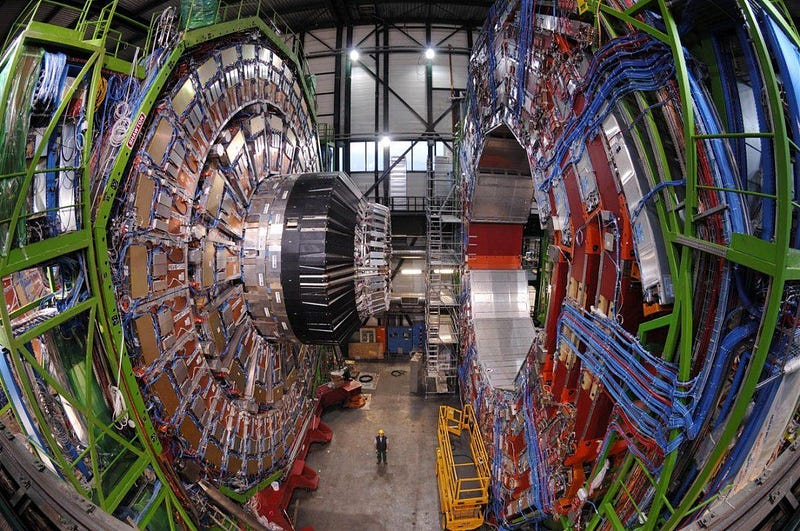
When you increase the energy of a particle, it becomes easier and easier for that particle to interact with another one. Any interaction has a chance to either spontaneously create new particles and antiparticles — via Einstein E = mc² — or to emit a quantum of radiation: a photon. The faster a particle goes, the more likely it is to interact in such a way that it will emit additional particles, losing energy in the process of doing so.
When you think of ways to make the most energetic particles, the electromagnetic force reigns supreme. Whenever you place a charged particle in an electric field, it accelerates in the direction of the field; whenever you place one in a magnetic field, accelerates perpendicular to both the field direction and the particle’s current motion. The strongest natural accelerators in the Universe aren’t located on Earth, but rather in extreme astrophysical environments: around neutron stars and black holes.
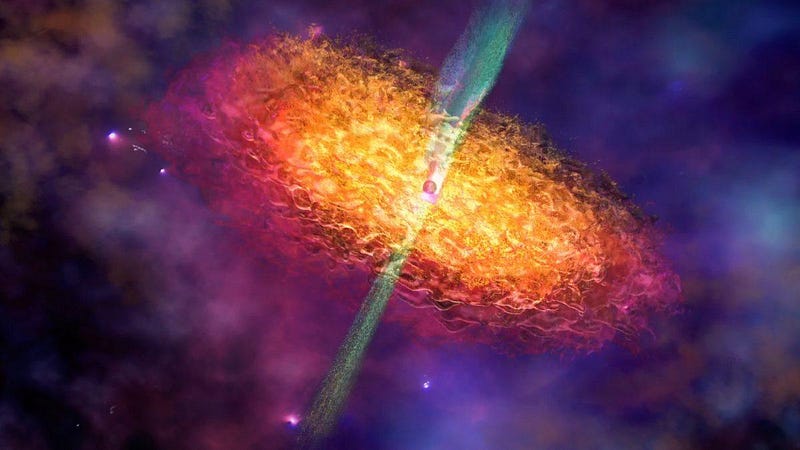
Here on Earth, we’ve used particle accelerators to bring objects like protons and electrons as close to the speed of light as laboratory conditions allow, and have gotten awfully close to that ultimate cosmic speed limit set forth by Einstein way back in 1905: c, or 299,792,458 m/s. But as fast and as energetic as we’ve gotten them, they simply don’t compare to the energies of the cosmic rays we’ve seen.
- Fastest Fermilab proton: 980 GeV; 99.999954% the speed of light; 299,792,320 m/s.
- Fastest LHC proton: 7 TeV; 99.999990% the speed of light; 299,792,455 m/s.
- Fastest LEP electron (fastest terrestrial accelerator particle): 105 GeV; 99.9999999988% the speed of light; 299,792,457.9964 m/s.
- Fastest cosmic ray proton: 5 × 10¹⁰ GeV; 99.999999999999999999973% the speed of light; 299,792,457.99999999999992 m/s.
Earth-based accelerators don’t stand a chance when compared to the absolute fastest particles of all; they aren’t in the same league.
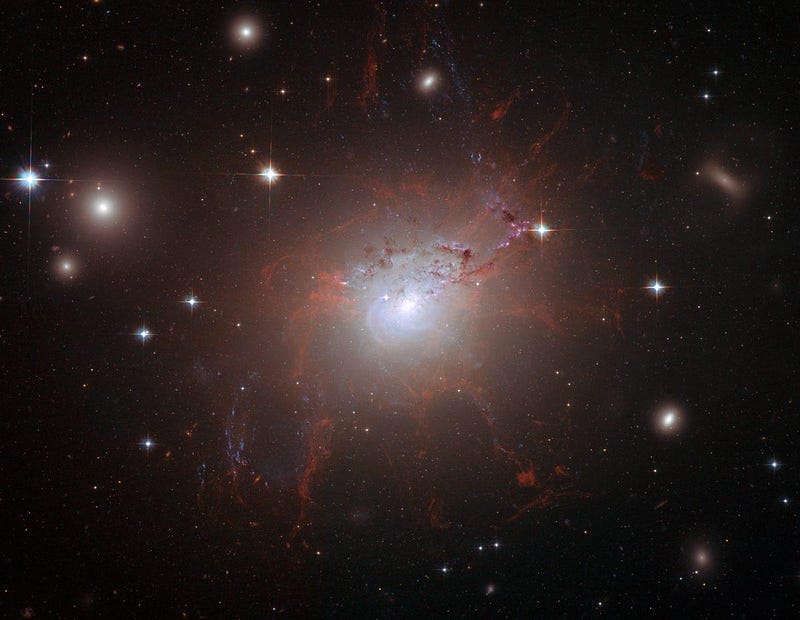
We might be able to control electric and magnetic fields incredibly well under laboratory conditions, but our terrestrial energies are limited by the physical constraints of the electromagnets and accelerator facilities we build here on Earth. They’re certainly impressive, but they’re no match for the laboratory of the Universe.
Black holes, neutron stars, merging stellar systems, supernovae and other astrophysical cataclysms can accelerate particles to energies we’d never be able to equal on Earth. The highest energy cosmic rays travel so close to the ultimate cosmic speed limit, c, that if you were to race an ultra-high energy, cosmic ray proton against a photon to the nearest star and back, do you know what would happen? Over a round-trip journey of nearly 8.5 light years, the photon would arrive first, but just barely. The proton would be a mere 22 microns behind, arriving just 0.7 picoseconds later.
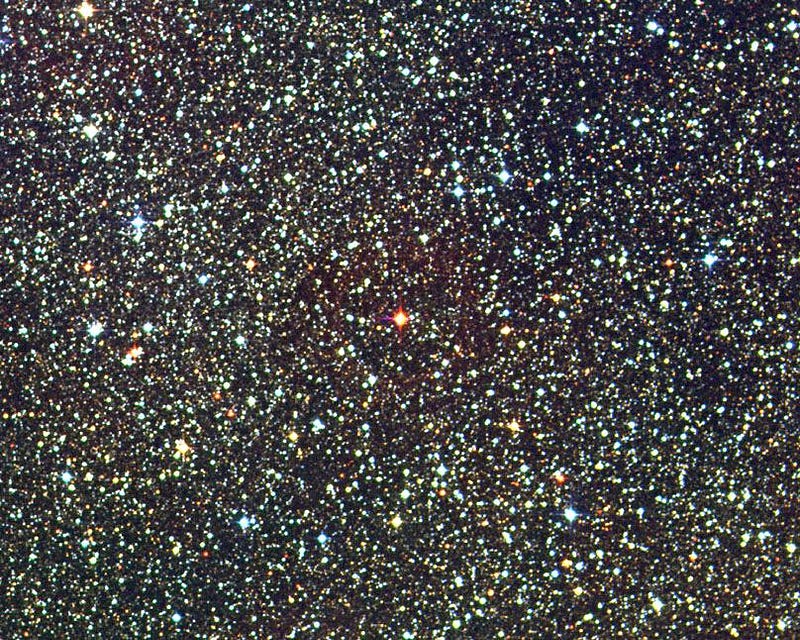
These ultra-high-energy cosmic rays are generated by numerous sources throughout the Universe, and they travel in all directions. Occasionally, one of these particles will have just the right trajectory to strike the Earth. When that serendipitous event occurs, that’s our big chance. That’s our opportunity to measure the energy of the particles that make it down to the ground, and to reconstruct the properties of the original cosmic rays.
The reason we can do it at all, though, is because we have an atmosphere surrounding the Earth. At hundreds of kilometers thick, this atmosphere acts like a medium, rather than a perfectly pure vacuum. While the speed of light in a vacuum may be fixed and immutable — 299,792,458 m/s — the speed of light in a medium is always slower. Even air, which is pretty close to a vacuum, slows light down to “only” 99.97% of its vacuum speed.
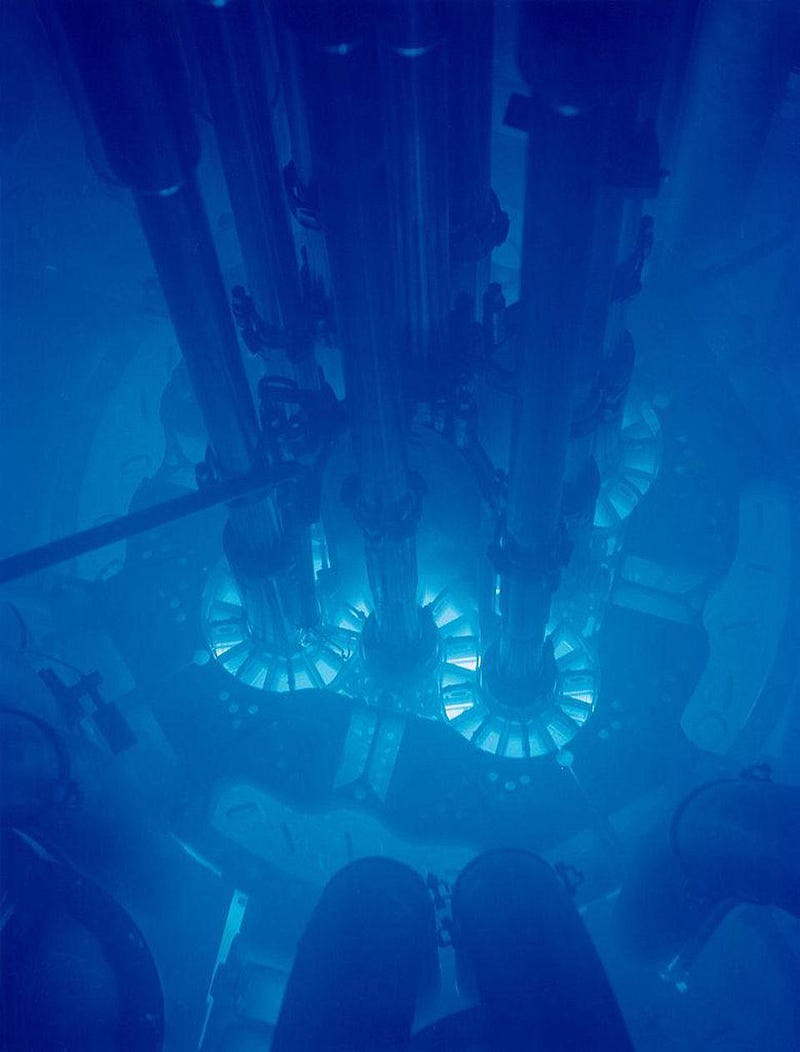
A slowdown of 0.03% isn’t that much, but it does enable something remarkable: the high-energy particles that come into contact with our atmosphere will find themselves moving faster than the speed of light in this medium. When that occurs, they emit a special type of radiation: blue light that gets emitted at a specific angle in a cone-like shape, known as Čerenkov radiation.
Nuclear reactors, which emit fast-moving particles that could potentially irradiate a human being, are surrounded by water for this exact purpose. They shield people from the particles the reactor emits, as these particles are slowed down by the water, emitting a harmless blue light instead. Energy is energy, and by taking it away from the particles themselves and converting it into light, it’s a great way to ensure the safety of those nearby.

When a cosmic ray strikes our atmosphere, it’s moving much faster than any particle a nuclear reactor will generate, but the physics is very much the same. The Čerenkov radiation emitted will occur at a specific frequency, calculable dependent on the cosmic ray’s energy range. This radiation will be composed of gamma rays, and because it’s created at such a high altitude (hundreds of kilometers up), it will require an enormous array of ground-based telescopes sensitive to gamma rays to detect.
The idea, then, would be to build a Čerenkov Telescope Array, capable of detecting this light from all over the Earth. When you see even a fraction of the appropriate cone and can trace it back to an individual particle, you can reconstruct its properties in a completely new fashion. Although this is just a proposed project, construction is expected to begin before this year is out.
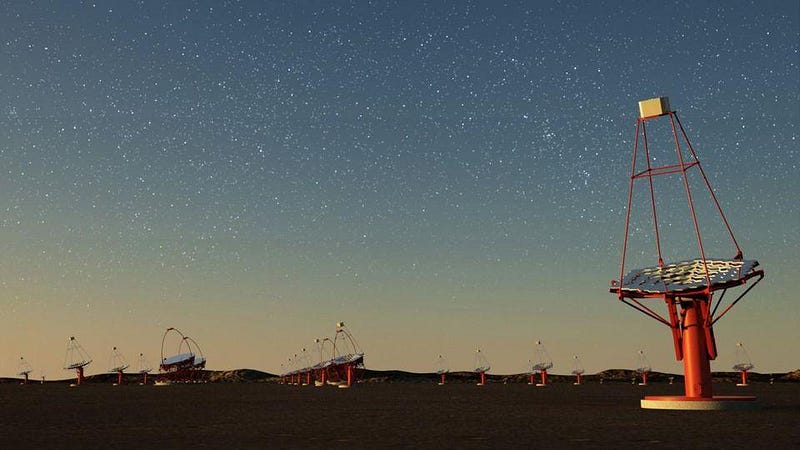
At present, there are many gamma-ray observatories that also work as Čerenkov telescopes, providing what you might call “atmospheric imaging” of these high-energy particles that strike our planet. Observatories such as H.E.S.S., MAGIC and VERITAS have all provided locations and energies for the sources of these high-energy cosmic rays like never before.
Moving to the Čerenkov Telescope Array will be a tremendous advance. All told, the array is anticipated to consist of 118 dishes: 19 in the northern hemisphere (focusing on lower energies and extragalactic sources), and 99 in the southern hemisphere, focusing on the full spectrum of energies and sources within our own galaxy. At present, 32 countries are involved in this consortium, which is a $300 million endeavor. ESO’s Paranal–Armazones site in the Atacama Desert of Chile will host the greatest number of dishes.

This isn’t the only mechanism by which we can measure cosmic rays, as when they strike the particles in Earth’s atmosphere, they’ll also produce new particles. These “particle showers” can produce relics that make it down to Earth, and particle-based observatories can be complementary to light-based observatories that observe the associated Čerenkov radiation.
But the Čerenkov telescopes offer something that the particle-based methods don’t: by only measuring a fraction of what reaches Earth, the energy and trajectory of the incoming particles can be accurately reconstructed. If you wanted to do that with particle-based detectors, you’d need to ensure you were receiving and accurately measuring the energy and momentum from 100% of the particles created in a shower. Even world-class cosmic ray detectors, like the Pierre Auger Observatory, can’t live up to that ambition.
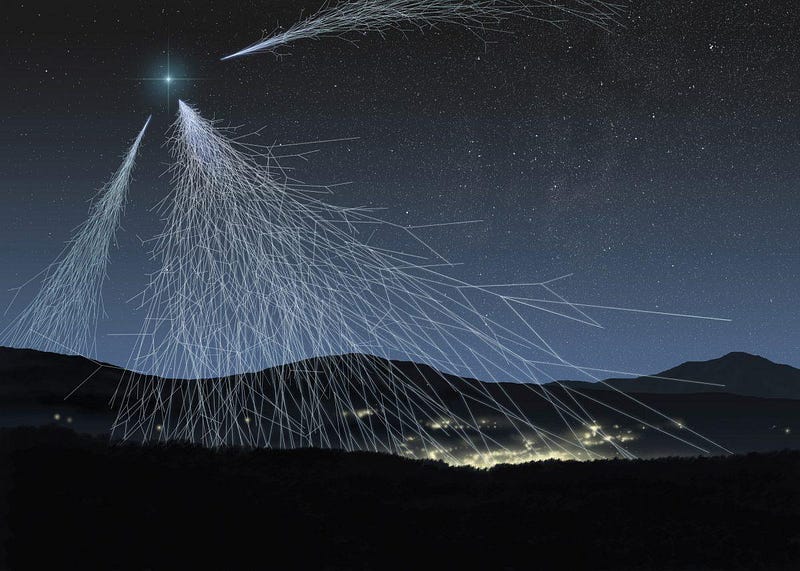
The other option would be to catch these cosmic ray particles before they ever reached the Earth; you’d need to go to space to see them. But even if you did that, you’d be limited by the sensitivity of your detector and the amount of energy that could be directly deposited within it. Going to space also comes with a tremendous launch cost; the Fermi gamma ray telescope, which detects individual high-energy photons rather than cosmic rays directly, cost approximately $690 million, more than twice the projected cost of the entire Čerenkov Telescope Array.
Instead, by catching the particles and photons that result from a cosmic ray striking the atmosphere in over 100 locations across the globe, we can come to understand the origin and properties of these ultra-relativistic particles, as well as the astrophysical sources that create them. All of this is possible because we understand the physics of particles moving faster-than-light in one special medium: Earth’s atmosphere. Einstein’s laws might be unbreakable, but the trick of slowing light down enables us to detect something very cleverly that we wouldn’t be able to measure otherwise!
Ethan Siegel is the author of Beyond the Galaxy and Treknology. You can pre-order his third book, currently in development: the Encyclopaedia Cosmologica.
